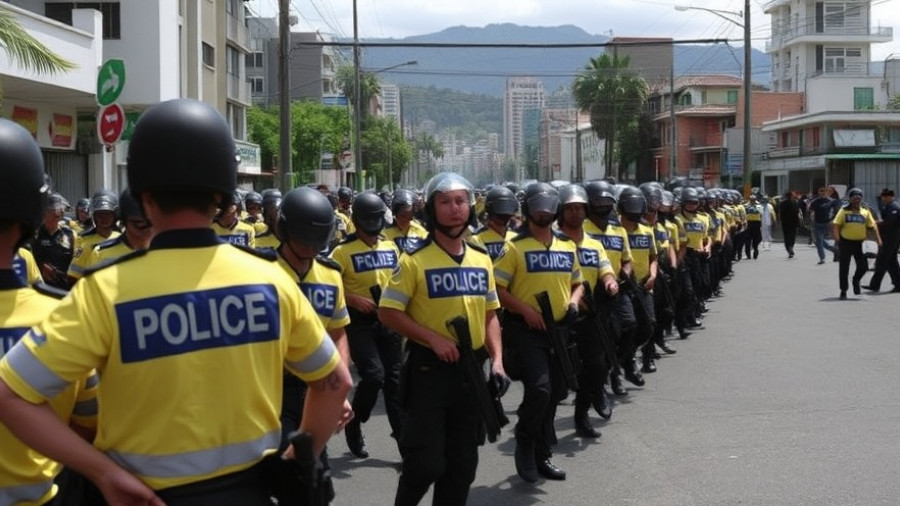
Understanding Suboxone and Its Benefits for Opioid Addiction
Suboxone is increasingly recognized as an essential tool in the fight against opioid addiction. As a combination of buprenorphine and naloxone, it offers a unique approach to treating those with opioid use disorder (OUD). Unlike traditional opioid medications, which can perpetuate addiction, buprenorphine helps mitigate withdrawal symptoms and cravings without producing the same euphoria, making it safer for many individuals.
Naloxone serves as a deterrent against misuse. In the event that someone attempts to misuse opioids while on Suboxone, naloxone activates to block the effects of those opioids, lowering the risk of an overdose.
Why Duration and Detection Matter
For parents concerned about their children or loved ones engaging in substance use, understanding how long Suboxone stays in the body is crucial. Suboxone can remain detectable in the system from 2 to 10 days after use, depending on various factors such as metabolic rate, dosage, frequency of use, and individual health conditions. This is important for families navigating issues of transparency and safety while supporting someone through the recovery journey.
The Growing Importance of Medication-Assisted Treatment
In recent years, medication-assisted treatment, particularly with Suboxone, has gained momentum. Current regulations allow certified healthcare professionals to prescribe Suboxone more freely than methadone, which is still bound by stringent guidelines. This increased accessibility can be a lifeline for many struggling with addiction.
According to a study from the National Institutes of Health, patients receiving higher doses of buprenorphine—up to 24 mg—showed improved retention in treatment and reduced risks of discontinuation. This indicates that adapting treatment protocols in response to emerging data about opioid use can save lives.
Side Effects and Caution with Suboxone
Despite its benefits, parents should be aware of the potential side effects associated with Suboxone use. While it poses a lower risk of physical addiction than other opioids, psychological dependence is a concern. Proper monitoring during treatment is recommended to prevent any adverse effects and ensure that individuals are receiving the support they need.
Also, individuals transitioning away from opioids must be aware that their tolerance may have decreased, posing risks if they relapse after a period of abstaining from opioids. Education and ongoing counseling play a vital role in effectively managing these risks.
Support Systems: The Role of Family in Recovery
For families, open dialogue and education about the medication being used for treatment, like Suboxone, are essential in fostering a supportive environment. Engaging in family therapy and understanding the recovery process can strengthen family dynamics and promote more successful outcomes.
Teaching your child about the nature of addiction, treatment options, and the importance of adherence to prescribed therapies reinforces a message of hope and resilience.
Call to Action: Taking the Next Step
Encourage families to seek out educational resources on opioid addiction and Suboxone treatment options available in their communities. Knowledge empowers families to make informed decisions and better support loved ones in recovery. Reach out to local addiction recovery organizations or visit specialized websites for guidance.
For immediate support, the National Helpline at 1-800-662-HELP (4357) offers confidential assistance.
 Add Row
Add Row  Add
Add 


Write A Comment